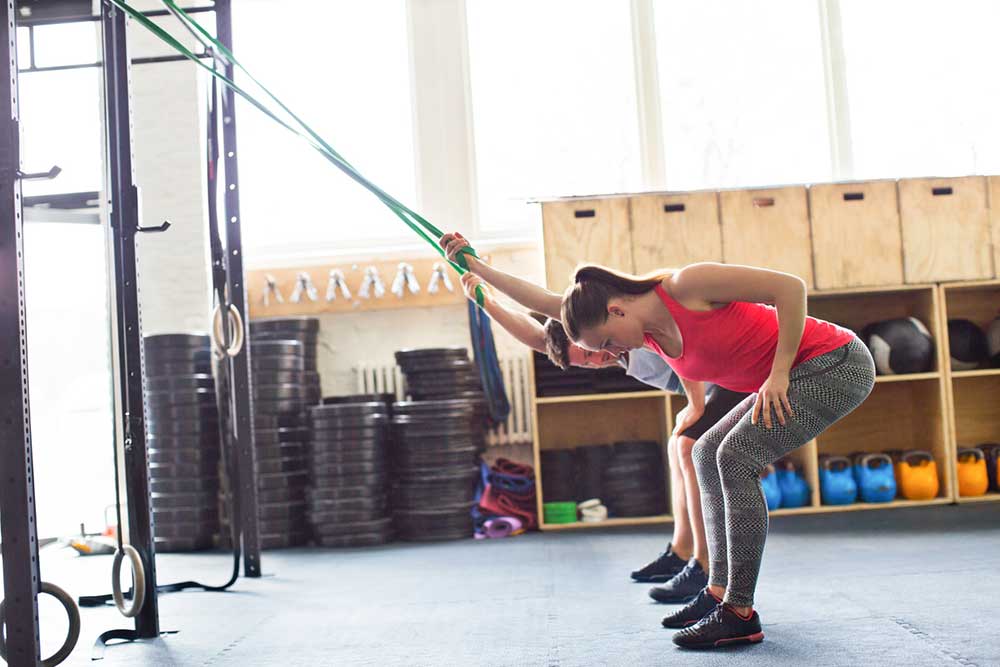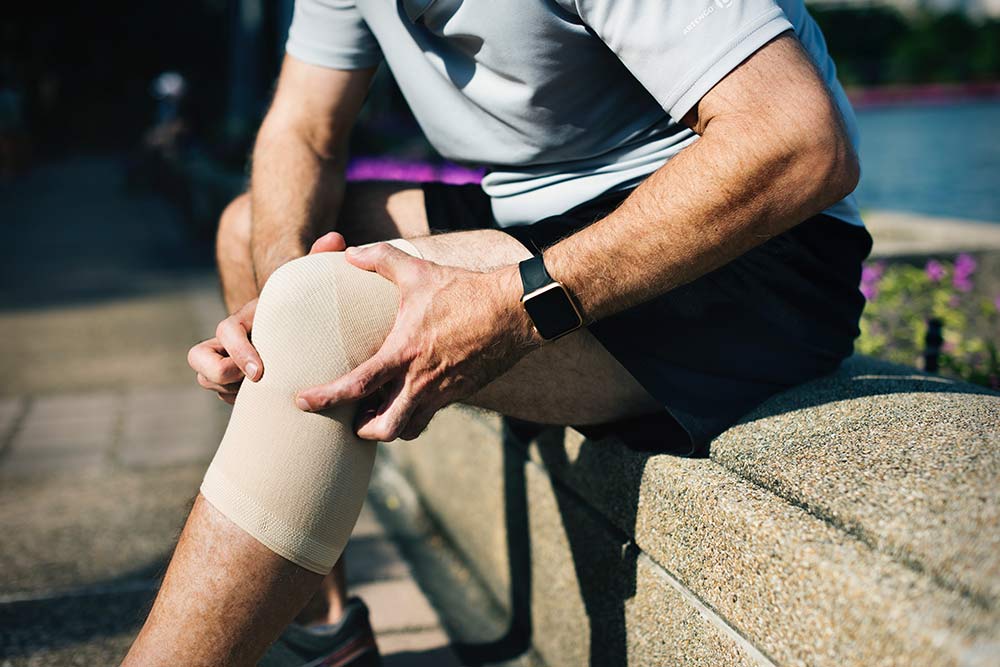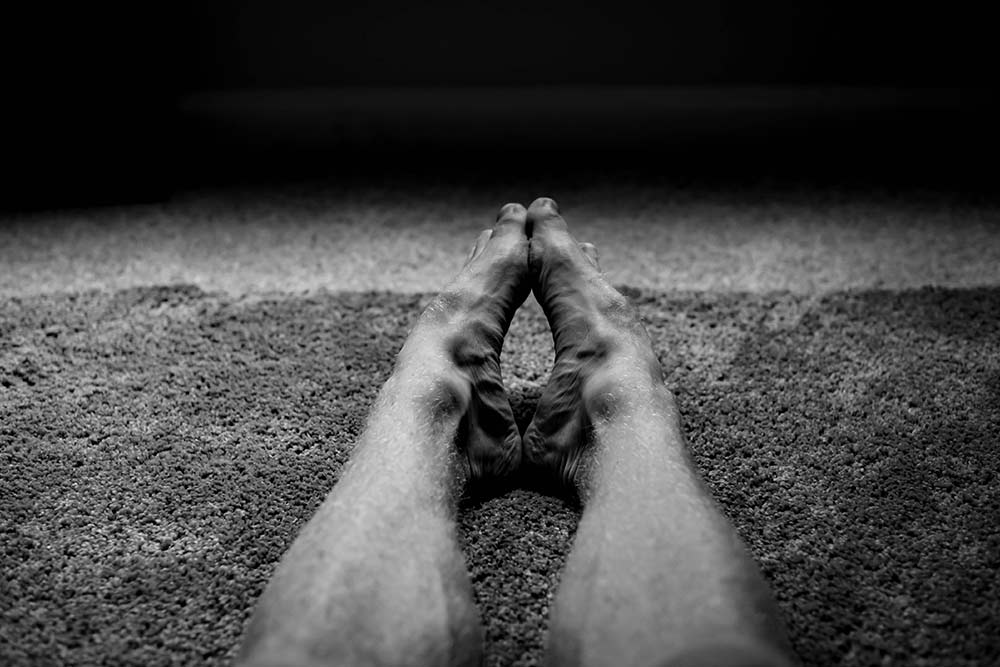A Better Way To Treat Your “Pulled Hammy”
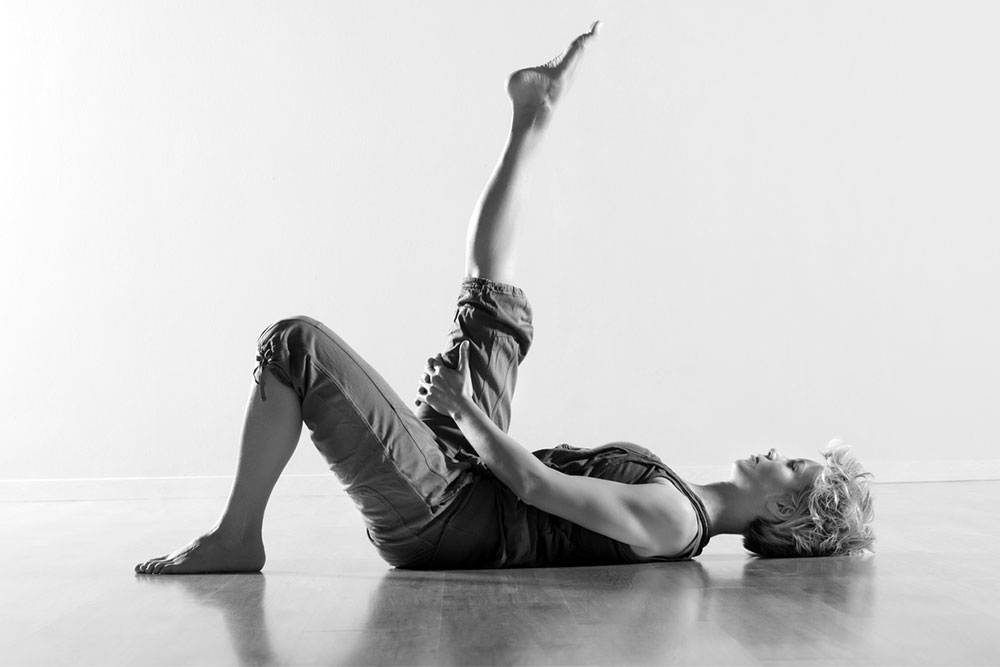
Ryan Cross, B.A. Hons (Kin), MScPT, FCAMPT
Registered Physiotherapist in Sarnia, Ontario, Canada
When you see someone running and then all of a sudden they begin to limp while holding the back of their leg, it is a tell tale sign that they have pulled their hamstring muscle.
Hamstring injuries are very common, especially during activities that require sprinting and quick movements. Although the injury is easy to identify, it can be a challenge to recover from. Getting back into the game is also a challenge as the fear of re-injury is very real.
Traditional rehabilitation has focused on flexibility and strength of the hamstring muscle group. New research is now showing that rehabilitation requires a more global focus. Incorporating balance, agility, and core training into the treatment plan can help prevent a recurrent injury. Sherry et al, compared two rehabilitation protocols for hamstring strains: one that focused on stretching and strengthening and the other included progressive agility, core, and balance training (Sherry, 2004).
Related Article: 4 Stages Of Core Training For Lower Back Pain
The Study
The study set out to compare the effectiveness of two rehabilitation programs for acute hamstring strain by evaluating the time needed to return to sports and re-injury rate during the first two weeks and the first year after return to sport. Study participants were randomly assigned to either the stretching and strengthening (STST) group or the progressive agility and trunk stabilizing (PATS) group. In total, 11 participants completed the STST protocol and 13 participants completed the PATS protocol. Each participant started their respective protocol within ten days of suffering their injury. Both the STST and PATS protocols consisted of two phases of treatment that were completed as a daily home exercise program with periodic follow ups according to patient response. Patients were allowed to return to sport after progressing through both phases of treatment and then completing functional testing appropriately.
The STST protocol focused on:
- Static stretching
- Isolated progressive resistance exercise
- Icing
Exercises in phase one focused on static stretching and isometric strengthening of the hamstrings. Phase two progressed to dynamic stretching as well as concentric and eccentric hamstring strengthening. The PATS protocol consisted of icing, progressive agility training, and trunk stabilization exercises attempting to maintain the spine and pelvis in a desired neutral posture or alignment.
Related Article: Is Quality Sleep A Predictor For Sports Injury?
The STST Protocol
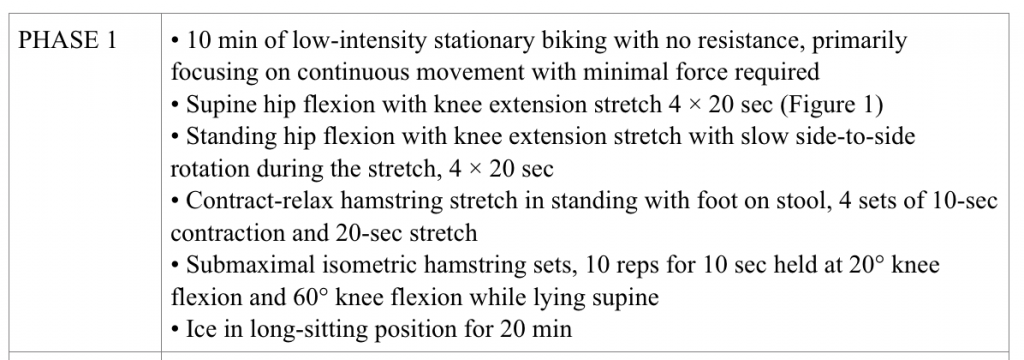
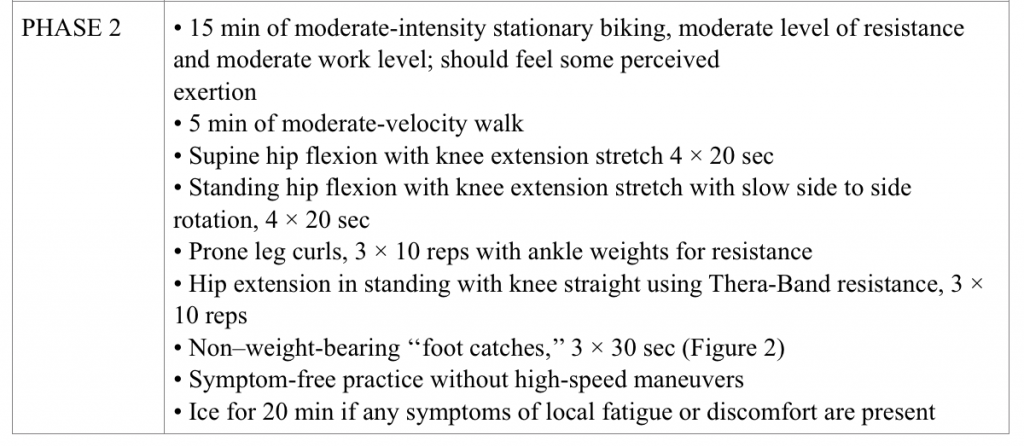
The PATS Protocol
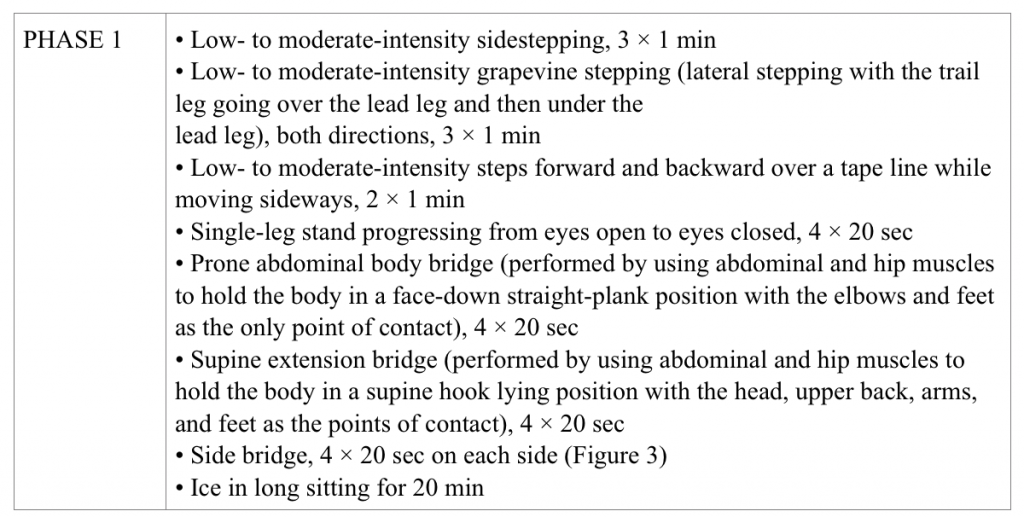
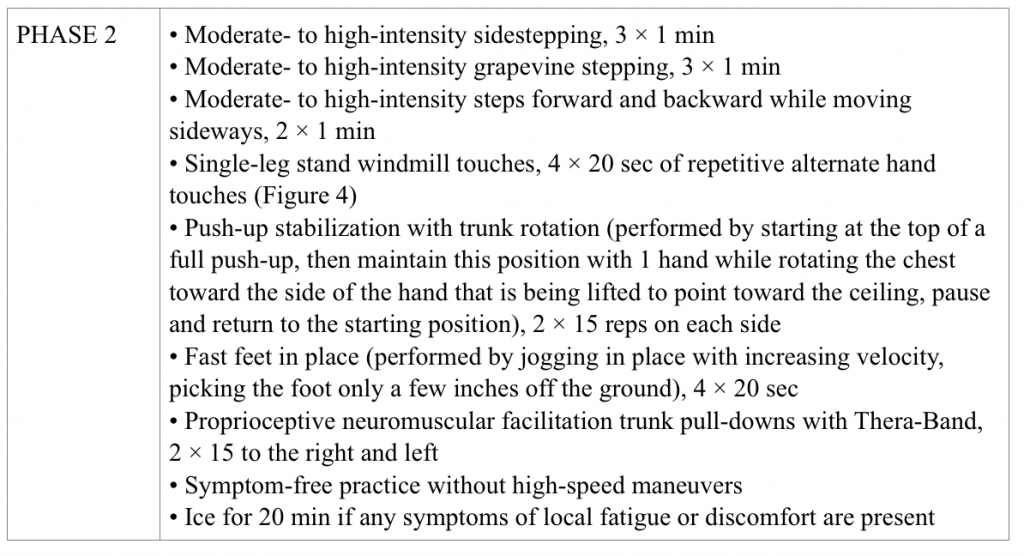
The Results
The results showed that 6 of the participants in the STST group had a recurrent hamstring strain in the first 16 days after returning to sport compared to no one in the PATS group. After 1 year, 7 participants in the STST group ended up with a re-injury, while only 1 participant in the PATS group had recurrent hamstring strain. There was no statistically significant difference in the time until return to sport or number days of rehabilitation. With similar duration of rehabilitation between groups, it gives strong evidence that the results of less recurrent injury rates is related to the effectiveness of the PATS protocol and not due to delaying return to sport.
The Challenge
 The challenge in the rehabilitation of most injuries is the balance of allowing the healing process to run its course and preventing atrophy from immobilization. Early on, injuries require an appropriate amount of scar tissue formation to ensure healing and prevent a recurrent injury. Scar tissue will form according to the forces that are placed on it. If the tissue is not loaded adequately, the muscle becomes weak and can predispose another injury.
The challenge in the rehabilitation of most injuries is the balance of allowing the healing process to run its course and preventing atrophy from immobilization. Early on, injuries require an appropriate amount of scar tissue formation to ensure healing and prevent a recurrent injury. Scar tissue will form according to the forces that are placed on it. If the tissue is not loaded adequately, the muscle becomes weak and can predispose another injury.
The PATS protocol allows for proper loading of the hamstring muscle without over stressing the healing muscle. The other important factor in the PATS protocol is the early functional movements that are incorporated in an easy and progressive fashion. These functional movements are more sport specific and therefore promote specific scar tissue formation. The addition of trunk stabilization exercises in the PATS protocol is another advantage because the hamstrings attach proximally on the pelvis. Exercises targeting muscles that stabilize the trunk and pelvis will give the hamstrings a solid base to pull on.
Takeaway
Hamstring strains are a common injury that can linger if not treated properly. Incorporating agility and trunk stabilization exercises into the rehabilitation program can be effective in recovery and preventing a recurring injury. Although hamstring strains were the focus of this study, the same approach can be helpful for other lower extremity injuries. In conclusion, rehabilitation can be more effective when taking a global approach, instead of focusing on the local injury.
Related Article: When Should You Go See A Physical Therapist
You Might Like:
7 Key Exercises To Prevent Shoulder Injuries
Ryan Cross, B.A. Hons (Kin), MScPT, FCAMPT Registered Physiotherapist in Sarnia, Ontario, Canada Have you ever had difficulty reaching up to the top shelf or doing an overhead lift? Most people have encountered a shoulder...Strength Training Can Improve Chronic Plantar Fasciitis
Ryan Cross, B.A. Hons (Kin), MScPT, FCAMPT Registered Physiotherapist Do you feel sharp pain on the bottom of your heel during the first few steps you take in the morning? Is heel pain limiting progression...7 Ways To Prevent Running Injuries
Ryan Cross, B.A. Hons (Kin), MScPT, FCAMPT Registered Physiotherapist in Sarnia, Ontario, Canada Running is one of the most common activities that people participate in to maintain a healthy and active lifestyle. Running injuries happen...What Is The Fascia And Why Does It Matter?
Ryan Cross, B.A. Hons (Kin), MScPT, FCAMPT Registered Physiotherapist in Sarnia, Ontario, Canada For as much as we know about how the body works, there are still mysteries when it comes to anatomy and body...Avoid Back Pain & Stretch Your Hip Flexors | FastTwitchGrandma Tips & Tricks
Prolonged sitting can tighten your hip flexors and when you stand it pulls on your lumbar spine. This can cause severe back pain and muscle dysfunction. This hip flexor stretch is prescribed 2-3 times a...How To Treat 7 Common Running Injuries
Ryan Cross, B.A. Hons (Kin), MScPT, FCAMPT Registered Physiotherapist in Sarnia, Ontario, Canada Running is an activity that can provide many benefits. It improves cardiovascular function, aids in weight control, and can alleviate stress. Runners...References:
Sherry, Marc A., and Thomas M. Best. “A comparison of 2 rehabilitation programs in the treatment of acute hamstring strains.” Journal of Orthopaedic & Sports Physical Therapy 34.3 (2004): 116-125.

